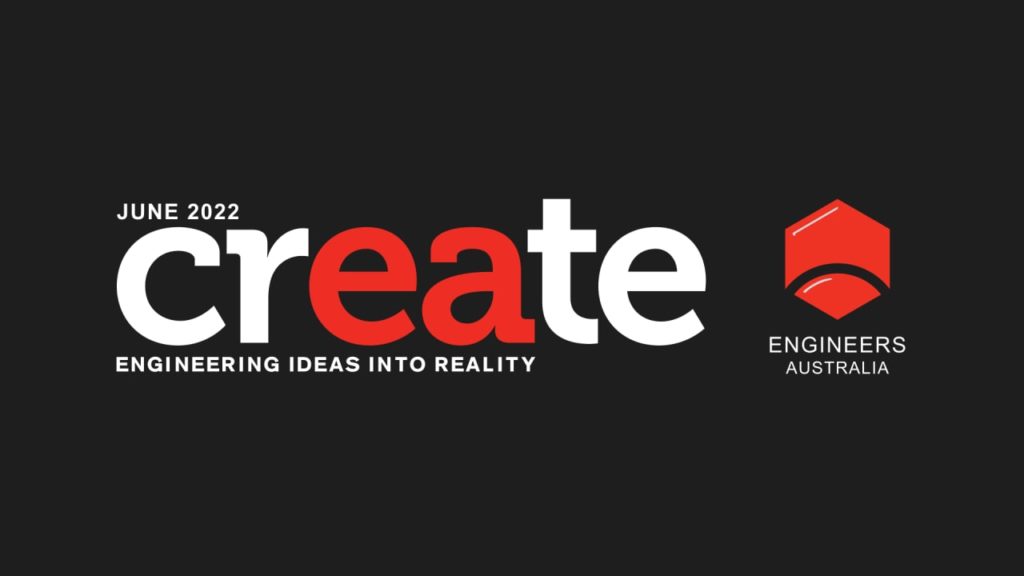4 questions general contractors have about BIM

There are perennial concerns contractors have regarding building information modelling (BIM). A recent panel discussion between experts addressed them in a compelling way.
How do you make sure BIM is working for everyone involved in a project, and how do you get buy-in from all stakeholders? This was the focus of an interesting panel discussion that took place in March.

Hosted by Engineers Australia and integrated collaboration platform company Revizto, the group of BIM experts from across the industry talked about the state of the technology, the challenges they face, and the successes they’re having. Here are some of the questions that were asked and their responses.
1. How can smaller contractors get the most out of BIM?
While BIM is typically associated with large firms, smaller contractors make up a sizeable proportion of the industry. So what does using BIM look like for them?
Alex Wong, Senior Digital Delivery Engineer at McConnell Dowell Constructors, offered an example. He has been working on a project with a surveyor from a company he describes as “almost a one-person show”. Initially, it took the person days of calculations and extracting information from 2D drawings and models before he could import all the data onto his GIS devices and do survey setups.
After McConnell Dowell Constructors opened up access to its industrial federated class (IFC) models to him, he was able to use the 3D models to collaborate in real-time and conduct the same process within a single day.
Wong says the lesson is that subcontractors believe (sometimes justifiably) there is a wall between them and larger firms, so they often won’t ask for documents that will help them do their job more efficiently.
But we have gone down the path of removing that wall, and encouraging them to ask that question.
Elousie Robinson, Digital Engineering Manager at Arcadis, agrees that this is the best way forward. When larger companies support the smaller ones, it helps the whole industry.
“Every time you’re getting a subcontractor in and you say, ‘Here are our systems, here is our training, this is the new way of working’ they can take that knowledge back and apply it to the next project, even if it’s with a different team or company,” she says.
2. Does a firm have to be a minimum size to adopt BIM?
Smaller companies don’t always have to rely on the support of larger ones to adopt BIM processes, says Vlad Milicevic, APAC Director at Revizto. It comes down to a question of what works best for them.
“Our smallest client in Australia is a six-person architectural office that has 10 Revizto licences,” he says. “They’ve been seeing the value in committing to BIM – not just doing modelling for themselves then switching to drawing for clients – but rather sharing what they do with their clients. That’s why, although they’re a very small practice, they have more licences than they have people.”
3. What are some of BIM’s limitations and misconceptions?
The benefits of BIM are obvious, what people don’t talk about as much are the current limitations. The panel agreed that there were a few.
For one, large projects with lots of minute details must be hosted on powerful hardware if people want to share live 3D models online smoothly. This is a barrier to entry for many. Another hardware issue is a good enough internet connection. Because even if you have the data hosted on a robust cloud server, that’s not much good if people can’t access it reliably.
There are also some software challenges. Because different stakeholders tend to use a variety of platforms and file formats, most projects face at least some interoperability problems.
In terms of misconceptions about BIM, one persistent belief is that the technology is essentially limited to a single data-type – 3D models. Milicevic says while this is a huge part of BIM, it’s certainly not the entirety of what it offers.
I always like to say it’s the central letter ‘I’ – information – that’s most important. BIM is a methodology that allows everyone to take the creation, exchange and validation of information to the next level, regardless of whether that is in the form of 2D drawings, 3D models or whatever it is.
Milicevic says another misconception is who benefits from BIM.
“BIM technology has traditionally been a little siloed, where many feel its benefits are mostly felt by BIM managers, designers, modellers and so on, and the rest of the project team has been left out. That’s why, with our integrated collaboration platform Revizto, we introduced the Clash Automation module.”
Most projects that use BIM have multiple models that are then fed into a ‘master model’. This enables fast, intuitive collaboration, but can create problems when the models have differences or other issues.
In the past, these issues were often resolved on the construction site, but clash resolution technology is making it simpler for them to be caught earlier and the solution quickly sent to all necessary stakeholders – whether they’re on site or in a different office.
4. What are the biggest benefits BIM offers design and maintenance?
There are more than a few advantages to BIM during the design stage. Firstly, a common data environment allows large teams in distinct geographic areas to work on the same project. More importantly, bringing in BIM early makes it more likely you will avoid future problems, as everyone is able to visualise the end product.
BIM and digital engineering solutions allow us to collaborate earlier on, so you can more quickly do auctioneering and more quickly get input from the whole team – not just designers but contractors and other stakeholders as well. Being more confident earlier on means that we’re not getting changes, errors and omissions later on.
BIM continues to be of great benefit once the designers are done and the builders go home.
Having a 3D model that keeps track of a building’s changes over time makes it easier to monitor a structure’s energy consumption and usage. BIM technology also means facility managers and owners can know where additions have been implemented and where maintenance is required in a collaborative environment that prevents unnecessary interventions.
Shaun Webster, Digital Engineering Lead at Laing O’Rourke, says the operational stage is where achieving strong interoperability will be particularly beneficial.
“If you’ve got all that data and it’s easy to consume by different platforms and we’re not restricted, all of a sudden these big opportunities like predictive maintenance become a reality.”

